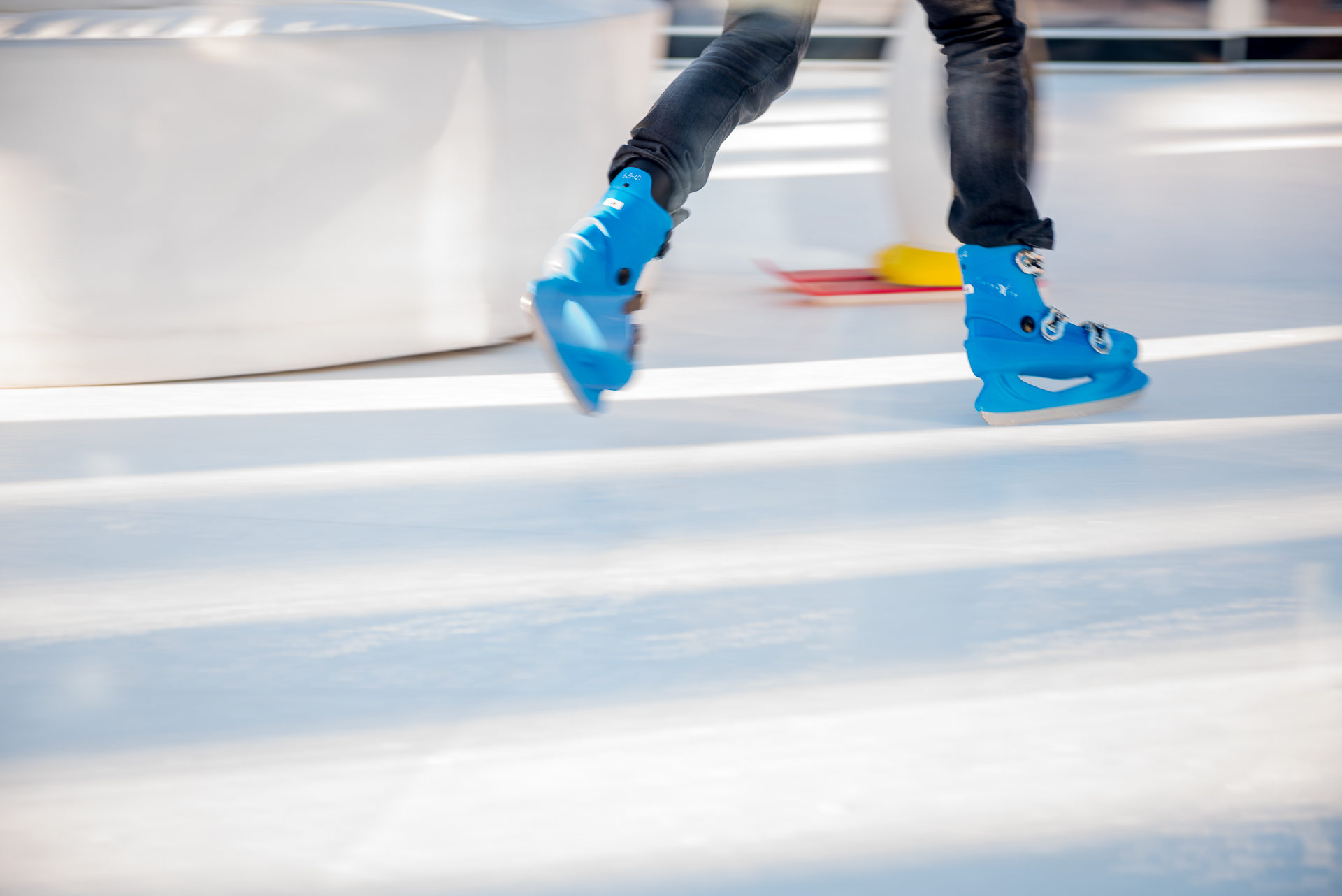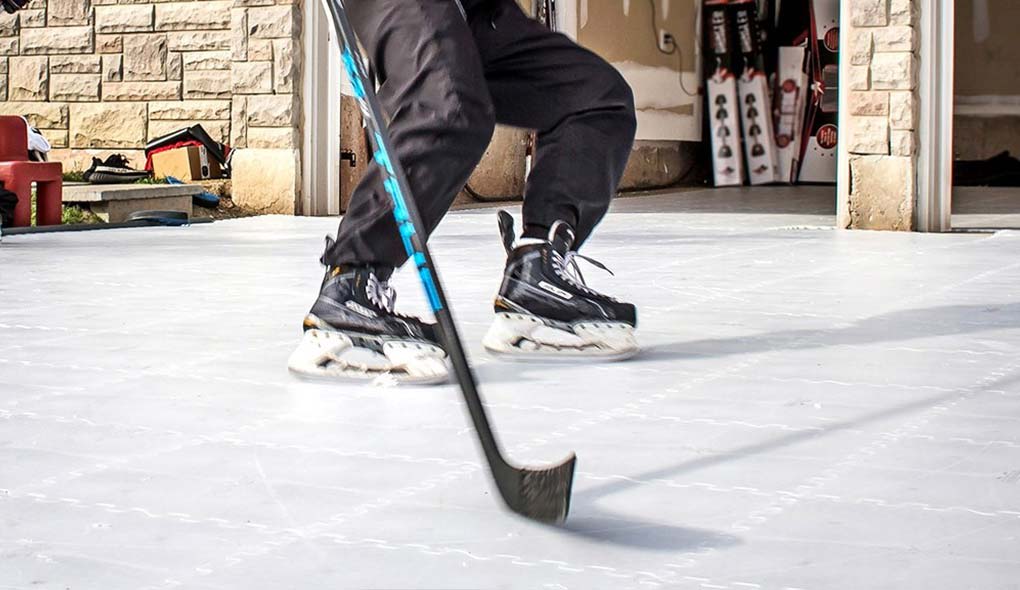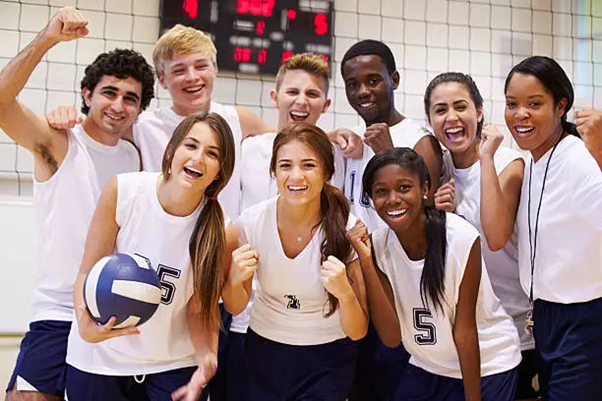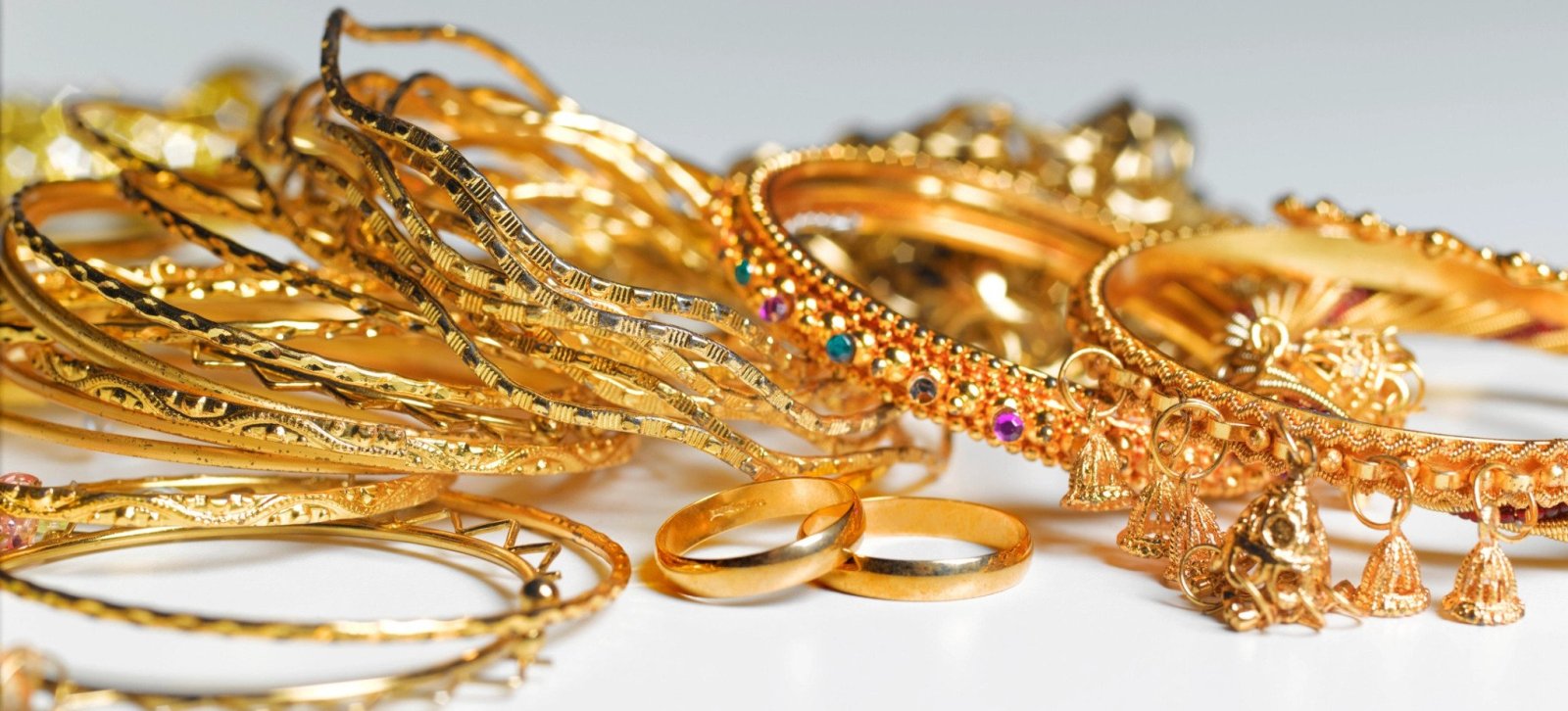Over the last couple of years, synthetic ice has become very popular for hockey players and ice skaters around the world. Because of the pandemic and all of the stay-at-home orders, people that love to play ice sports learned that they can improvise and build their own rinks at home so that they can continue to skate and practice as if everything was normal.
Synthetic ice is very portable, durable, strong, and easy to install. When people skate on it with ice skates they learn that there is not a whole lot of difference between skating on real ice and skating on ice tiles. What makes this kind of flooring possible, and how does it work? Keep reading, you may learn something.
What is Synthetic Ice?
Artificial ice flooring is not new. In fact, it was first developed in the 1960s after several years of planning. Back in those days, the type of plastic that was available for use was very inferior to the type of plastics that are in place today.
Back in the 1960s the first attempts at utilizing artificial ice for ice sports was a little disappointing but had promise. In order for people to adequately be able to glide across the flooring in the same manner as they would on natural ice, they had to constantly apply a type of silicone lubricant on the flooring. Without the lubricant, there was no way for the skates to move around.
Another drawback of early artificial ice is that the silicone-based gliding agent would leave a buildup of residue on the surface that had to be scraped off and discarded, or it would cause gumming problems that stopped the skates in their tracks.
How Synthetic Ice is Made

It is important to understand that, just like anything else, synthetic ice can vary in quality. High-quality synthetic ice will be a much better source than a cheaply made flooring solution. There are hockey tiles, which are similar to artificial ice, and then there are synthetic ice panels that if manufactured with care, can be a lot like real ice. The difference between the two is that the hockey tiles are dryland flooring that can not be used for ice skates, and artificial ice can be used with ice skates all day long.
When they make synthetic ice today, they use a technology that is known as plastic polymers. What makes polymers so special is that they are bound together in chains on a molecular level. DNA and RNA are perfect examples of natural polymers. When developers create plastic polymer products they mimic the natural DNA cells in our bodies to create a strong and pliable substance that can be custom configured to house various agents and lubricants that are infused with the product.
For example, when people skate across frozen water, the ice skates cause the ice to melt a little. This extra little bit of water acts as a lubricant for the skaters as they glide smoothly across the surface. When developers create high-quality synthetic ice they can add conditioners that activate lubricants to come to the surface when people glide across the flooring in ice skates.
Conclusion
The developers dream up a perfect combination of ingredients that will undoubtedly create the ultimate ice skating flooring surface. The formula is brought to a manufacturer that has the capability to transform the ingredients into a solid substance then be duplicated for continual processing that creates and distributes fine synthetic ice panels around the world. And that, is how it is done.
***Sniper’s Edge Hockey loves Canada! We proudly ship all of our products to Canada and offer the same return policies as we do for everybody else. We realize the exchange rates for the Canadian dollar are not the best right now, so we’re trying to help by giving you free shipping and no customs/duty.***









